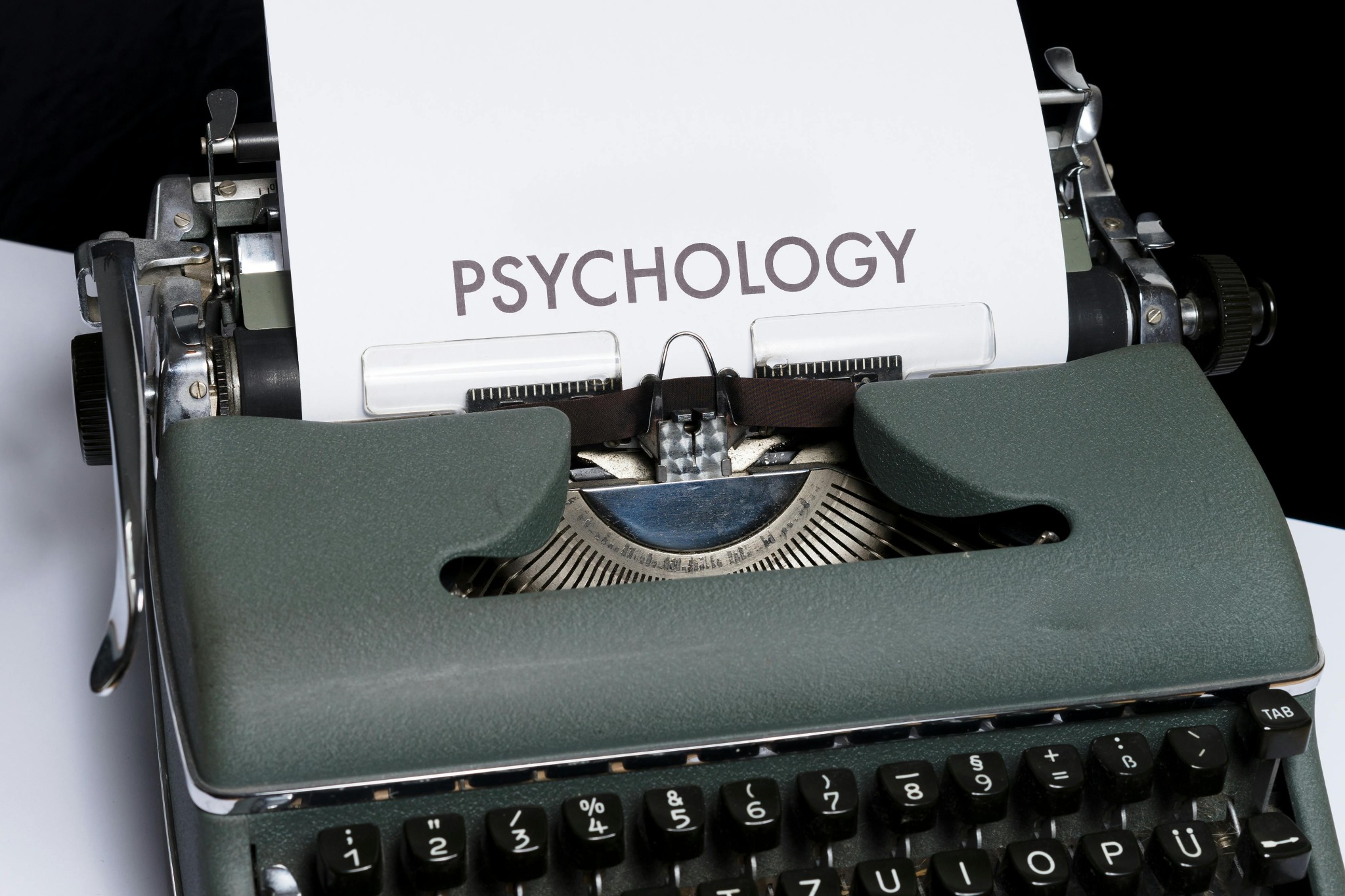
BPD 101
Borderline personality disorder (BPD) is one of the most misunderstood mental health conditions out there, often misrepresented in media, misdiagnosed in clinics and misjudged in everyday life. But behind the stigma is a deeply complex experience. One shaped by trauma, emotional intensity and a longing for connection. Whether you’re living with BPD, supporting someone who is, or simply seeking to understand, here’s an overview of borderline personality disorder.
What is BPD?
BPD is a complex mental health condition that affects how a person thinks, feels and relates to others. It’s characterised by emotional dysregulation, unstable relationships and a fragile sense of self. It’s not “just mood swings.” It’s a pervasive pattern that affects every aspect of a person’s life, from relationships to work to self-worth.
While someone with BPD won’t always experience them all (and only needs to exhibit five to be diagnosed), symptoms include:
- Frantic efforts to avoid real or imagined abandonment
- Unstable and intense interpersonal relationships, often swinging between idealisation and devaluation
- Identity disturbance – shifting self-image, values or goals
- Impulsivity in areas like spending, sex, substance use or eating
- Recurrent suicidal behaviour, gestures, threats, or self-harm
- Rapid mood swings and emotional sensitivity
- Chronic feelings of emptiness
- Difficulty controlling anger
- Transient, stress-related paranoia or dissociation
The term borderline was first introduced in 1938 to describe patients who appeared to exist on the “border” between neurosis and psychosis – two major diagnostic categories at the time. These patients didn’t fit neatly into either group, and their symptoms – emotional instability, impulsivity, and intense, unstable relationships – were seen as difficult to classify.
Over time, research revealed that BPD is a distinct and serious mental health condition, not a vague in-between state. The disorder is now also frequently referred to as emotionally unstable personality disorder, but its original name stuck – still commonly used in the medical profession, major diagnostic manuals and media.
Some clinicians and advocates have called for a name change to better reflect the lived experience and reduce stigma. And it’s easy to see why. The term borderline personality disorder suggests vagueness or instability in diagnosis, undermining the legitimacy of the condition.
Key UK statistics
- Around 2 in 100 people in England are estimated to experience BPD at some point in their lives.
- 75% of diagnosed cases are women, though this may reflect gender bias in diagnosis.
- Many people with BPD have experienced childhood trauma, neglect or unstable caregiving environments.
- People with BPD are at high risk for self-harm and suicide. Globally, up to 10% die by suicide and 75% engage in self-harming behaviours.
- BPD is one of the most stigmatised mental health diagnoses, with clinicians reporting lower empathy and higher frustration compared to other conditions.
What causes BPD?
There’s no single cause, but contributing factors include:
- Early trauma – abuse, neglect, or abandonment
- Genetics – family history of BPD or other mental health conditions
- Neurobiology – differences in brain areas related to emotion regulation
- Invalidating environments – where emotions are dismissed or punished
BPD is often a survival response to chronic emotional pain. It’s not a character flaw – it’s a coping mechanism that requires support.
What misconceptions mean for people living with BPD
The consequences of misunderstanding BPD are profound. The psychological and interpersonal dynamics patients bring into the clinical setting means that bias is rife among medical professionals. BPD is now a diagnosis that often carries pejorative connotations, compounding the stigma patients already face. This can lead to delayed or even denied treatment.
The intense emotions, unstable sense of self and destructive impulsivity people with BPD exhibit are a result of a psychiatric illness that stems from neurological imbalance and environmental factors. Their nervous systems have been wired for survival in environments that may have been unsafe and invalidating. This explains some of the seemingly over-the-top emotional outbursts that are deemed disproportionate.
Still, there’s a lot of internalised shame and self-stigma which can worsen mental health outcomes. This often leads to social isolation from friends, family or in the workplace, due to misinterpretation and a misunderstanding of symptoms. It all amounts to a higher risk of suicide and self-harm, especially when support systems fail.
Common myths
- “People with BPD are manipulative.” No. Many behaviours stem from fear and trauma, not malice.
- “BPD is untreatable.” False. With the right support, recovery is possible.
- “Only women have BPD.” Not true. Men are often misdiagnosed or under-diagnosed due to gender bias.
- “It’s just attention-seeking.” Harmful and wrong. Emotional pain should never be dismissed.
Treatment and recovery
While recovery isn’t linear, BPD is treatable. Many people go on to lead stable, fulfilling lives. Key approaches include:
- Dialectical Behavioural Therapy (DBT), which focuses on emotion regulation, distress tolerance, mindfulness and interpersonal effectiveness
- Mentalisation-Based Therapy (MBT), which helps individuals understand their own and others’ mental states
- Schema Therapy, which targets deep-rooted patterns and beliefs
- Medication can help with co-occurring conditions like depression or anxiety, but isn’t a primary treatment for BPD
Post a comment